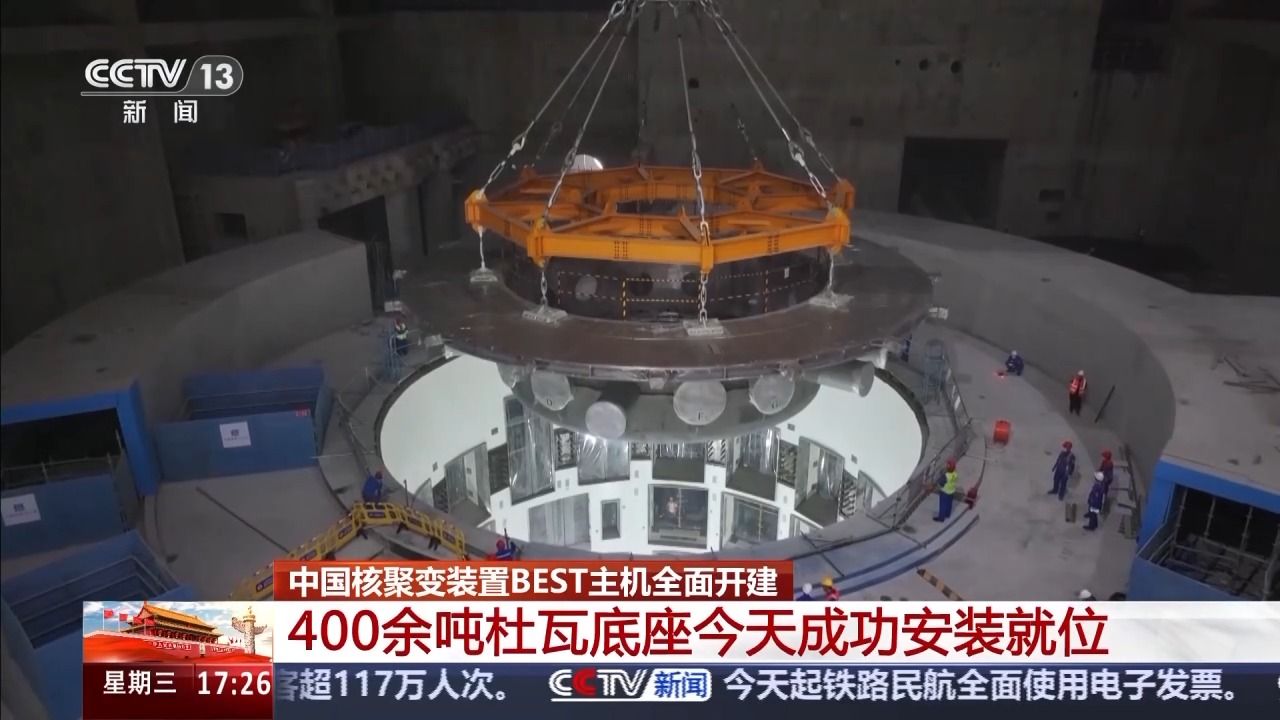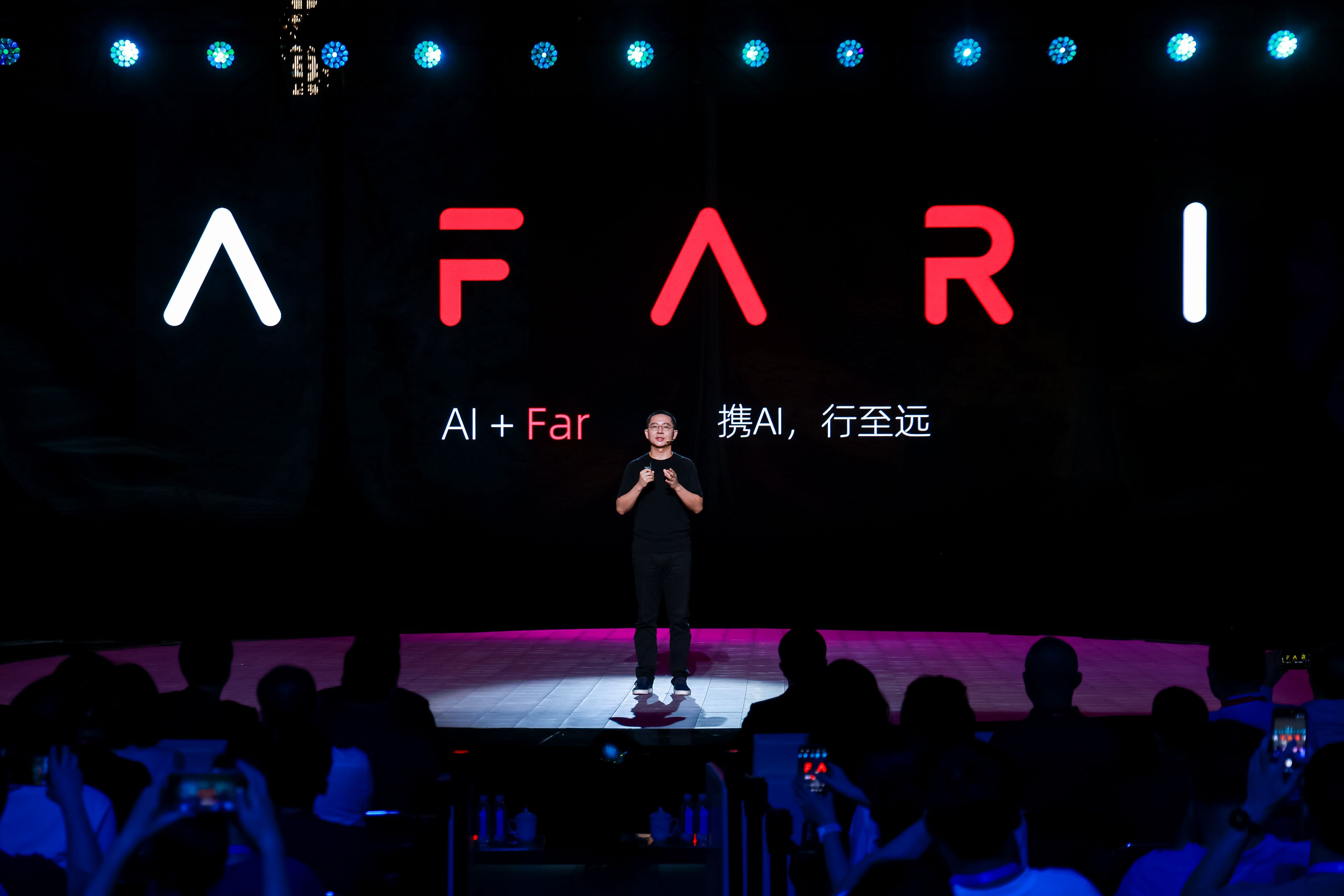
China's BEST Fusion Project Achieves Major Breakthrough
Want to read in a language you're more familiar with?
On October 1, 2025, China’s fusion energy experiment project, BEST (Beijing Experimental Superconducting Tokamak), reached a significant milestone in its develo...
On October 1, 2025, China’s fusion energy experiment project, BEST (Beijing Experimental Superconducting Tokamak), reached a significant milestone in its development. The project successfully completed the manufacturing and precise installation of its critical component—the cryostat base—marking a new phase in the construction of the fusion device.
The cryostat base, which is the first major vacuum component of the BEST device, measures 18 meters in diameter, 5 meters in height, and weighs over 400 tons. It is the largest and heaviest vacuum part ever built in China’s fusion sector. Installed earlier today, the base was positioned with remarkable precision, maintaining an installation tolerance of no more than 2 millimeters and a horizontal deviation within 15 millimeters. Positioned at the bottom of the device, the cryostat base will support the entire structure, which weighs approximately 6,700 tons, and sets the foundation for the installation of the device’s core components.
The successful manufacturing and delivery of the cryostat base were the result of extensive research and technical breakthroughs by the team from the Hefei Institutes of Physical Science, Chinese Academy of Sciences. The team overcame challenges related to precision fabrication, welding, shape distortion control, and vacuum sealing, laying a strong foundation for the next phase of assembly.
The BEST project utilizes compact high-field superconducting tokamak technology, incorporating advanced superconducting magnets and deuterium-tritium fusion fuel. It aims to become the first facility in the world to demonstrate fusion power generation. The project officially began its assembly work in May 2025 and is expected to be completed within two years. By 2030, it is anticipated that fusion energy will be harnessed to power the first light.
According to Huang Xiongyi, an associate researcher at the Hefei Institutes of Physical Science, the successful installation of the cryostat base marks the start of installing the main components, such as magnets and vacuum chambers. The ultimate goal is to create a sealed vacuum environment that will ensure the successful operation of the tokamak.
Source:CCTV





